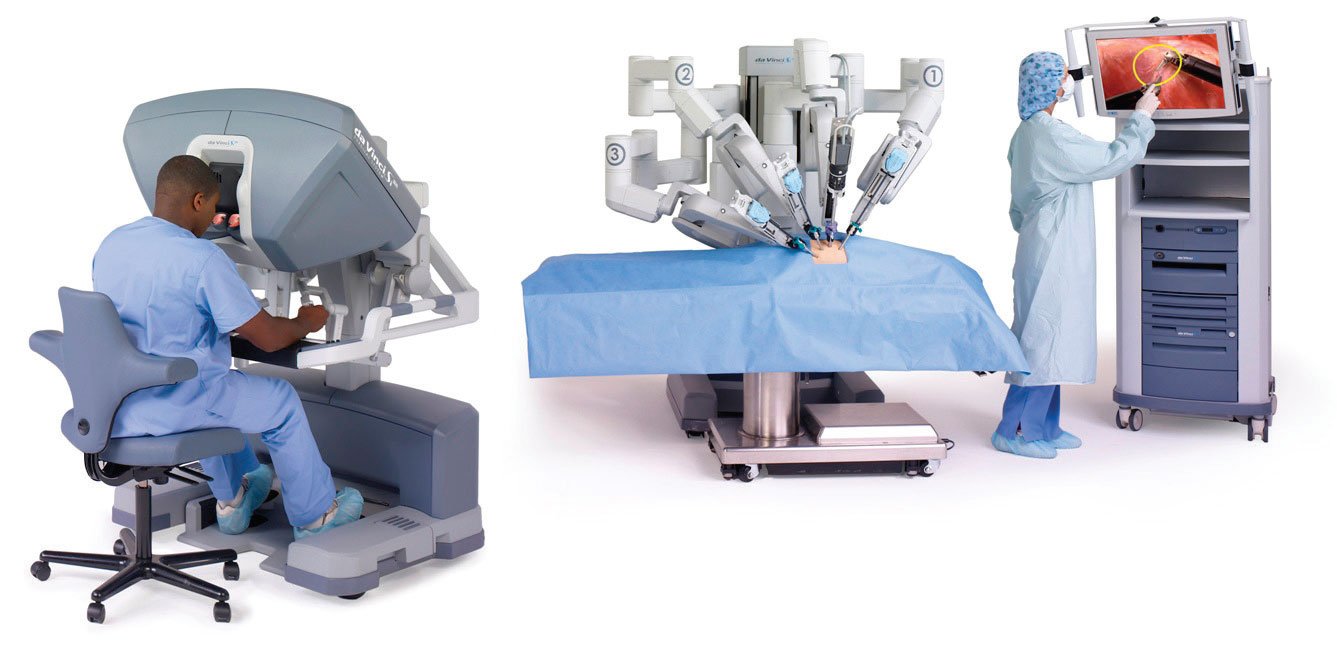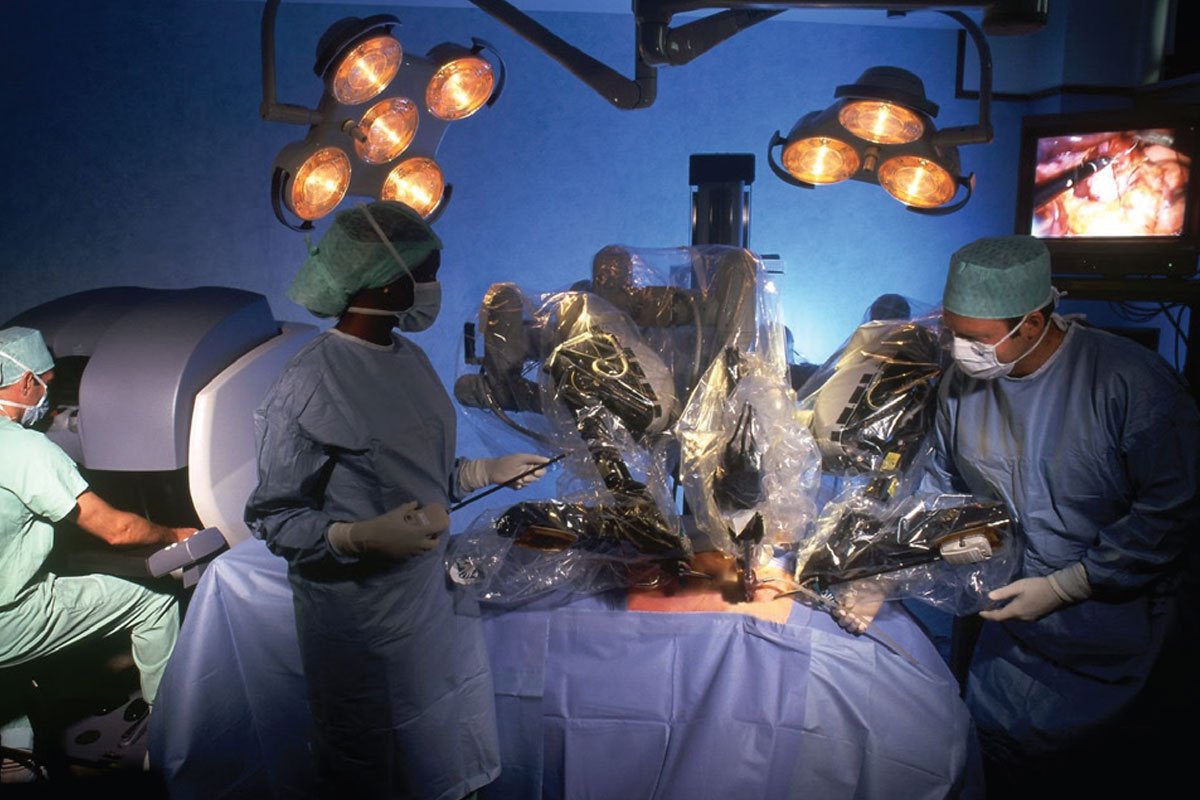Robotic Prostate Surgery
Small incisions, less pain, low riskof infection these are some of thebenefits that make robotic surgery attractive to patients. However the success of the procedure still “ relies
in the surgeon, not the robot”
What is prostate cancer and how does it develop ?
Prostate cancer is no 1 cancer that afflicts men. While nobody really knows how it develops, we know that certain populations are at an increased risk.bthoufh usually thought to be a disease of aging men, prostate cancer can affect young men, and they can have aggressive forms of it . Men who have a first degree relative with prostate cancer may have a higher propensity for the disease .
How is prostate cancer diagnosed?
A digital rectal exam by a physician can screen for prostate cancer. A prostate specific antigen, or PSA, test is another diagnostic tool for prostate cancer. Not everyone with an elevated PSA level has prostate cancer , so you should discuss with your physician whether to have a biopsy, which is ultimately how prostate cancer is diagnosed. Newer blood tests, such as the prostate health index, and imaging tools , like multiparametric MRI, can also be useful .

What is the difference between a robotic prostatectomy and an open prostatectom?
Open prostatectomy is completed via an incision made below the navel.the robotic approach is performed through multiple tiny incisions using sophisticated robotic instruments controlled by the surgeon . Johns Hopkins was one of the first centers in the world to acquire a surgical robot and had one of the busiest multidisciplinary robotic surgery programs .

What are the benefits of a robotic prostatectomy ?
The potential benefits are significant, small incisions, less pain , low risk of infection, short hospital stay , quick recovery time, less scarring and reduced blood loss, however, when considering this type of surgery , the most important asset s still the surgeon , not the robot.


















